Roland XPS-30 Manual
Roland
Synthesizer
XPS-30
| Mærke: | Roland |
| Kategori: | Synthesizer |
| Model: | XPS-30 |
Har du brug for hjælp?
Hvis du har brug for hjælp til Roland XPS-30 stil et spørgsmål nedenfor, og andre brugere vil svare dig
Synthesizer Roland Manualer
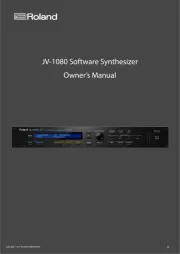
9 December 2024

9 December 2024
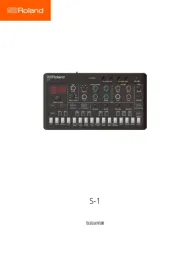
9 December 2024

5 September 2024
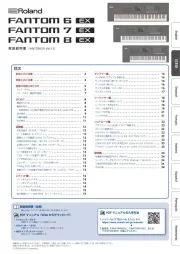
3 September 2024
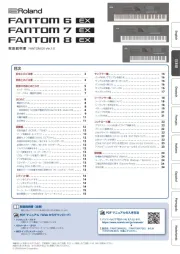
3 September 2024
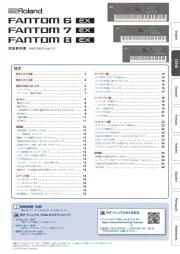
3 September 2024
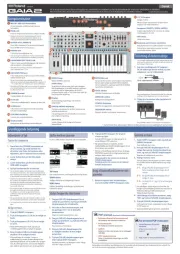
27 August 2024

23 August 2024

23 August 2024
Synthesizer Manualer
- (Recovery)
- MFB
- Dreadbox
- Native
- Kodamo
- Modal Electronics
- Pioneer
- Sonicware
- Yamaha
- Korg
- Elektron
- Flame
- Moog
- Vermona
- Future Retro
Nyeste Synthesizer Manualer
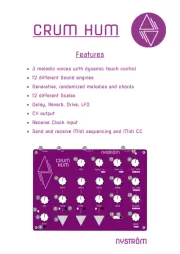
10 Marts 2025

30 Januar 2025

30 Januar 2025

30 Januar 2025

30 Januar 2025

30 Januar 2025

30 Januar 2025

30 Januar 2025

30 Januar 2025
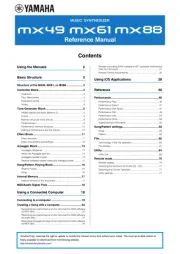
18 Januar 2025
